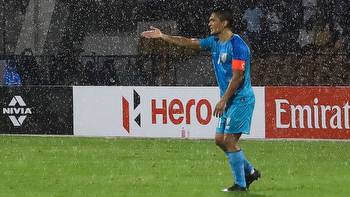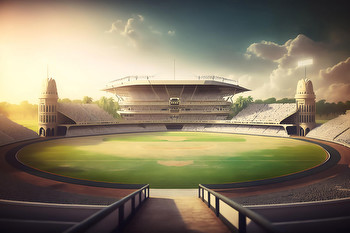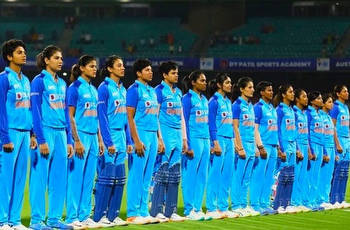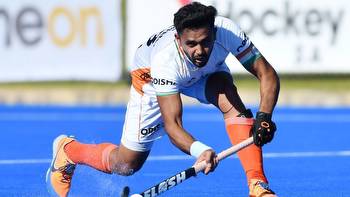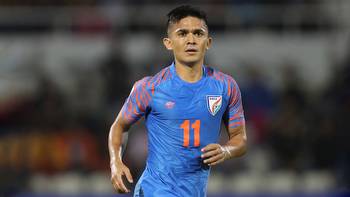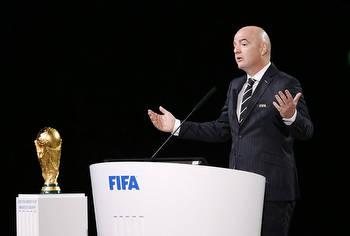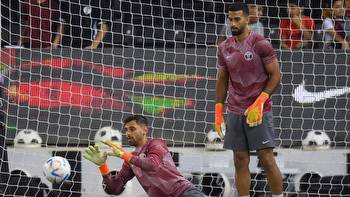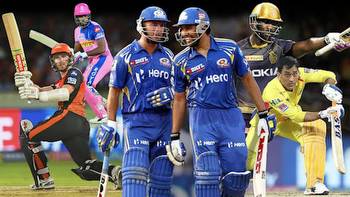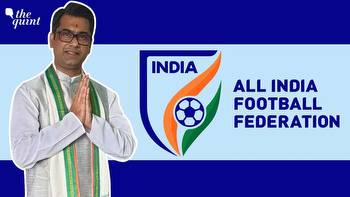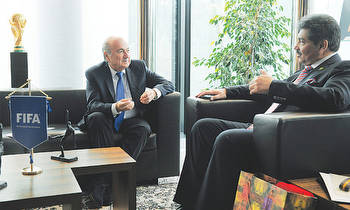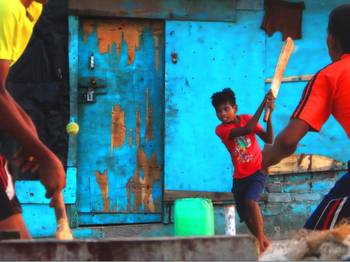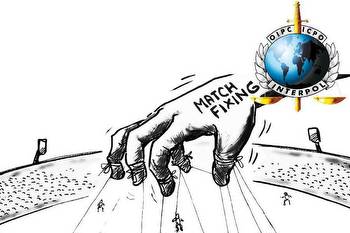What will it take for India to qualify for the Fifa World Cup?

On December 20, during the Parliament’s question hour, Kerala MP VK Sreekandan raised a question to the Minister of Youth Affairs and Sports, Anurag Thakur. Among other things, he asked, “whether the Government is considering to take effective steps for getting India qualified for the next FIFA World Cup and if so, the details thereof?”
The Indian Express takes a deeper look into what it will take for India to qualify for the Fifa World Cup.
What the 2026 World Cup is looking like, right now?
The 2026 Fifa World Cup being co-hosted by Canada, Mexico, and the US is going to be different from all previous World Cups. For the first time, the World Cup will have 48 teams, 16 more than the number of teams in this year’s edition.
Fifa is yet to finalise the format of the group stages, with president Infantino recently raising doubts about the viability of the previously touted 3-team groups (16 groups of 3 teams each). But a 48-team tournament is confirmed. This would almost double the number of slots the Asian Football Federation (AFC) receives, to 8.
A hard road ahead
However, expectations need to be tempered about India’s chance at qualifying for a bigger tournament. While Asian teams will benefit from more slots, the Indian men’s football team is still far away from contention. According to the latest Fifa rankings, India is at 106. In Asia, it is 19th, behind teams like the Kyrgiz Republic, Vietnam and Lebanon. This means that even with eight slots, India will have to cause some major upsets in qualifying to make it to the big stage.
Since the ranking system began in 1992, most teams which make it to the biggest stage are under rank 50, though this is set to change with an expanded World Cup. Among the notable exceptions, India can draw inspiration from North Korea, which qualified with a rank of 105 in 2010. This year, the lowest ranked team was Ghana with a rank of 61.
Even if we keep Fifa’s flawed ranking system aside, India’s recent performances against Asian teams provide perspective. Since 2021, India has beaten Afghanistan, Bangladesh, Cambodia, Hong Kong, Maldives and Nepal (thrice). Against better competition, India has struggled, losing to teams like Bahrain and Jordan. India got thrashed by UAE, the highest ranked team it has played in this period, 6-0.
While football has the capacity to provide upsets and underdog tales, India faces a tough task ahead to qualify for 2026.
A governing body that has so far failed Indian football
Indian football suffers from systemic issues which begin right at the top. In August, the All India Football Federation (AIFF) was suspended by Fifa for “undue third-party influence.” This suspension came into effect after the Supreme Court relieved former AIFF president Praful Patel from his duties, appointing a Committee of Administrators (CoA) due to myriad governance issues. While the suspension was lifted soon, with AIFF promising to hold fresh elections, the mess at AIFF is far from over.
After losing the AIFF president’s elections, former India captain Baichung Bhutia said, “I was shocked because I personally did not expect that the political interference (in AIFF elections) would be of such a high level.” He claimed that “a powerful union minister” (allegedly Kiran Rijiju) influenced voters to vote in favour of the other principal candidate, BJP member and former East Bengal goalkeeper, Kalyan Chaubey.
Failure to harness and develop talent
India was referred to as “the sleeping giant of football” by former Fifa president Sepp Blatter in 2006. Since then, multiple people, including Blatter himself, have claimed that the “giant is waking up.” But progress has been slow. In 2006, India’s ranks ranged from 117 to 157. While Indian football is at a better place today, it has been unable to break through to the top 100 for a sustained period of time.
Footballing experts say that the most important period of development for football players is the early teens. This is the best age for technical education as players are old enough to understand deeper concepts but still young enough to be fast learners. India lags heavily in this regard. Currently, football academies that do exist, lack not only the infrastructure but also the coaching of their European counterparts. Crucially, unlike Africa and some Asian countries, India does not house established European scouting networks which identify and develop talent at a world class level.
Recently, clubs like Manchester City, Atletico Madrid and Sevilla have been one of many European establishments to launch their own academies or announce tie-ups in India. Along with greater corporate interest in football (primarily from Reliance and Tata), these academies can assist grassroots development in Indian football. However, football presenter Joe Morisson told Forbes that “many of these collaborations, especially licensing agreements, are mere money-making arrangements.”
A circular problem
One factor that drives the sluggish pace of progress in Indian football is its lack of cultural appeal in major parts of the country. Cricket remains king with football fans being concentrated to regions such as the North East, Kerala, Goa and Bengal. For football to flourish, this needs to change. Realistically, however, the path to change probably lies behind a successful national team that can capture the country’s imagination.
Thus, the problem is circular. Lack of interest/ cultural salience leads to lower marketability of football which in turn translates into poorer facilities, leagues and coaching. All of this contributes to a weaker national setup which has a direct impact on the interest of lay fans.
Eventually, India’s market potential will hopefully improve the state of football in India and make the Blue Tigers a footballing force to be reckoned with. However, that is a long term goal. For 2026, Indian fans best keep their expectations low.












